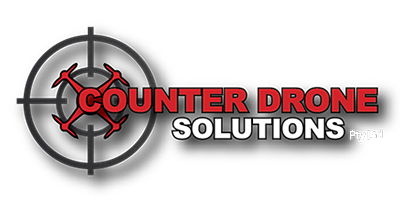Counter Drone Solutions & Technology
Many Counter Drone Systems
There are many counter drone systems on the market and there is no one system that will meet everyone’s requirements.
The purpose of a counter drone system will produce the requirements, the risk level will determine the capability preferred, the environment will provide the appropriateness of a system, and the legislative framework will dictate what is legal.
Protecting large events such as the Commonwealth Games, the Olympics or the FiFa World Cup will be very different compared to protecting infrastructure, Airports, Prisons and sporting events.
The below sections provides information on the many systems on the market.
Radio Frequency (RF) Jammers
Many drones have fail-safe protocols that engage when their systems fail, such as a loss of communication with the drone controller.. Common off the shelf drones use command and control links and video download links that operate on the ISM band 2.4 GHz and 5.8 GHz radio frequency.
A radio frequency jammer breaks the command and control link and the video link between the drone and the controller forcing the drone to enter its fail-safe mode which may include returning home, landing in place, or hovering. A jammer is a very effective tool but has collateral effects due to the fact that it jams everything, not just drones, operating on the 2.4 GHz and 5.8 GHz radio frequencies. A jammer uses blunt force unlike the surgical option of protocol manipulation (see below). Like all counter drone solutions, this option is not perfect and fails to jam drones that operate on the less common frequencies of 433 MHz, 915MHz and 1.2 GHz for video download or long-range flight. Therefore, manufactures are adding different frequency options to their radio frequency jammers.
This system could be appropriate where a threat, or multiple threats, need to be neutralized at longer distances and in locations where the use of radio frequency jamming can be used.
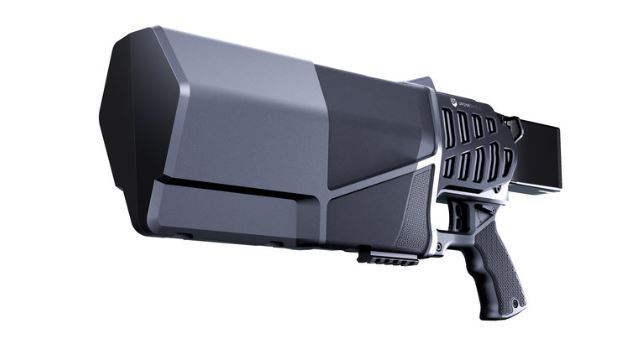
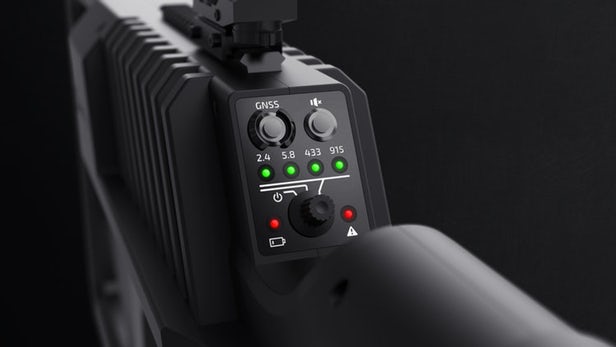
GNSS (GPS) Jammers
GNSS jamming disrupts the drones satellite link, such as GPS or GLONASS, which is uses for navigation. Some drones will use GPS to fly autonomous on pre-programmed missions without the need for radio frequency communication with the controller. This means the use of a RF jammer will not have any affect. In these situations, a GPS jammer can be deployed to jam the GPS signal in the vicinity of the drone.
Without a GPS signal, the drone is unable to determine its location, or return to its home point, forcing it to enter its fail-safe mode which can include landing in place or hovering. This option also has collateral effects is it jams the GPS signal for all devices (e.g. navigation equipment), within the range of the GPS jammer.
The GPS jamming capability of this type of system could be appropriate where a threat, or multiple threats, are not affected by radio frequency jamming and continue to approach a secure area, and where a legal framework supports its use.
Protocol Manipulation (Spoofing)
Protocol manipulation is also known as computer hacking or spoofing, with many manufacturers preferring to use the word spoofing as it appears less criminal. Spoofing involves manipulating the drones command protocol by deceiving it to believe you, or your system, is the actual controller. This allows you to take control of it and counter its current actions including landing in place, hover in place, or returning to home.
This system could be appropriate where a surgical capability is preferred and appropriate compared to the blunt force of radio frequency jamming. However, this type of system can only be used where its capability is not considered ‘computer hacking’.

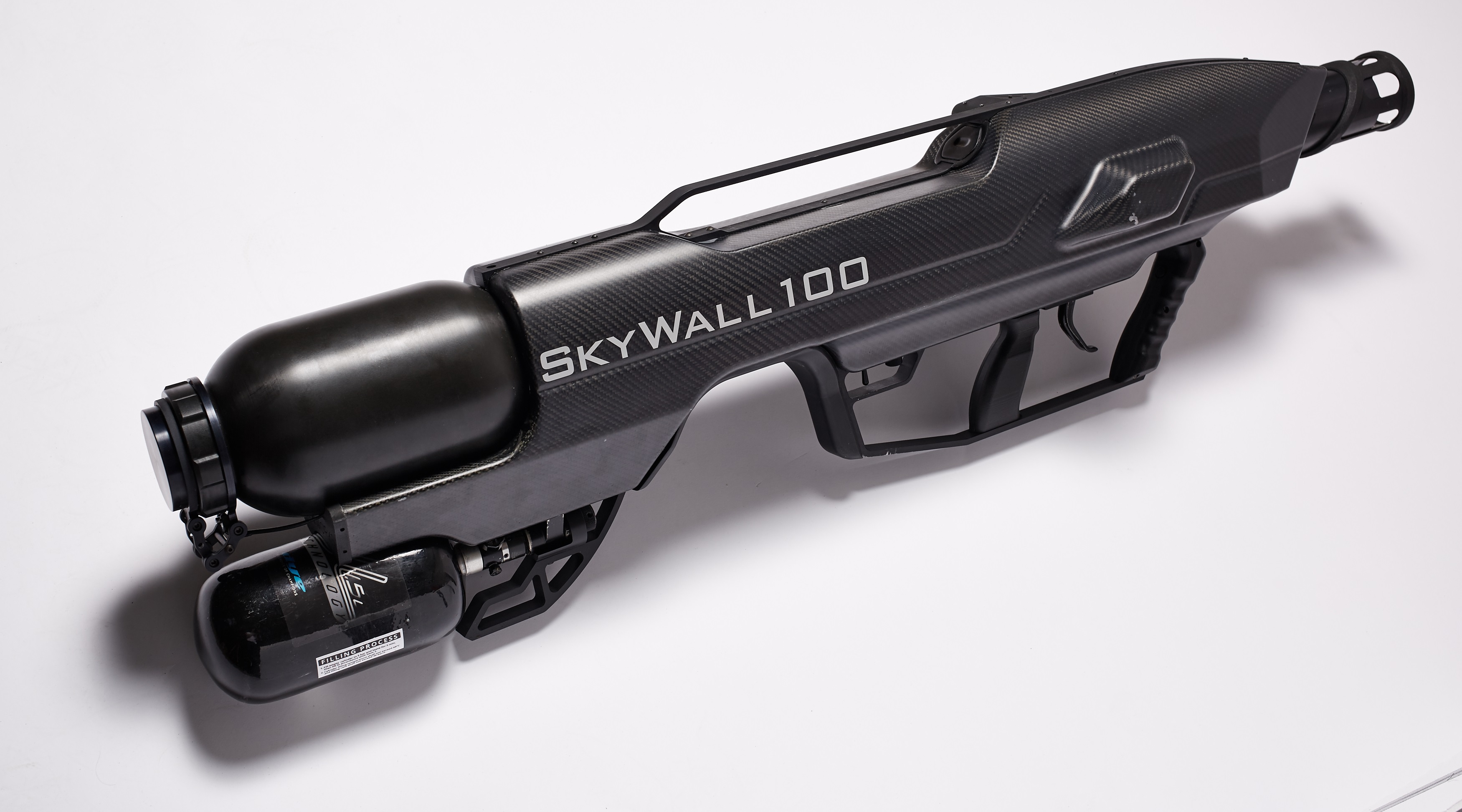
Net Guns Solutions – Non Radio Frequency or GPS Jamming
Whilst this is a kinetic solution, there are circumstances where its use is appropriate and any risks associated with its use can be mitigated. In many countries the use of radio frequency jamming technology is prohibited without approval from the relevant governing body. Approval to use radio frequency jamming technology is generally limited to the police and military for obvious . Likewise, GPS jamming is highly regulated due to its collateral effects.
The image shown is on example of a counter drone net system that does not use any form of radio frequency jamming, provides a proportionate response, is handheld and highly portable and low collateral damage effect. This is a handheld system that gives a mobile operator the ability to physically capture a drone in a specifically designed ‘drone entangling’ net. It uses compressed air to launch a projectile up to the drone after the operator has targeted it using the onboard SmartScope. This can be used as a standalone drone defence system but can also be integrated with a wider security system to offer a highly capable counter drone package.
This system could be appropriate where a threat does not require to be neutralized at long distances and in locations where the use of radio frequency or GPS jamming is illegal or inappropriate.
Kinetic Solutions
In a war zone, the rules of engagement would permit the use of both kinetic and non-kinetic solutions.
Kinetic solutions fire munitions and non-kinetic solutions uses electronic warfare.
In a domestic environment, the firing of a projectile over a populous area would not be legal or safe and is therefore unsuitable in such envirnoments.
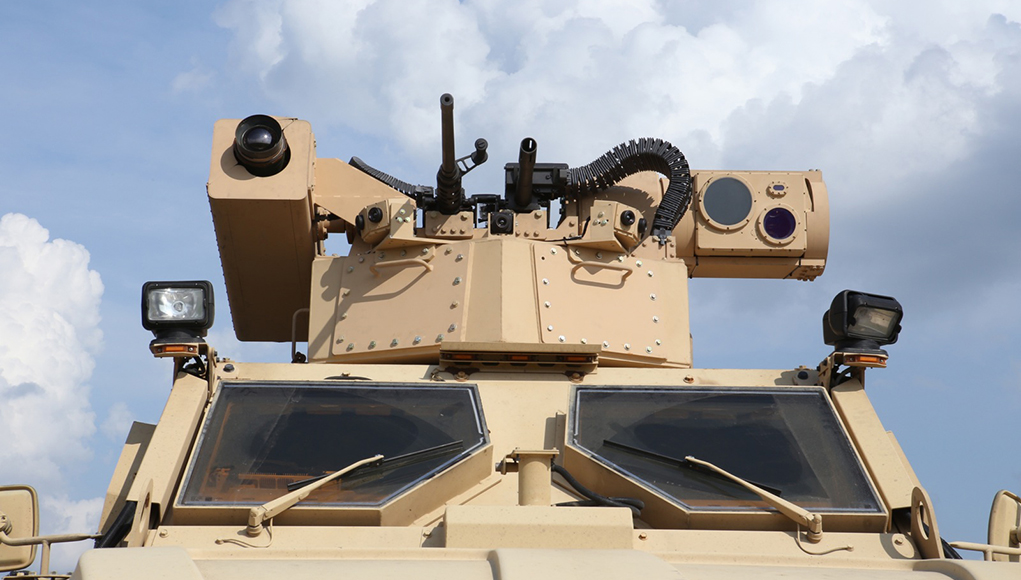

Combined Interdiction Elements
As indicated in the drone detection and counter drone pages, a single detection and counter option is not an effective or complete solution as all the different types of technology have their strengths and weaknesses. Therefore, an integrated multiple sensors system is a better option and provides a better chance for success as the weaknesses from one system is covered by the strengths of others.
However, this does not mean that you need to purchase the complete suite of available sensors as every location, venue or facility has their own unique considerations and challenges that may determine that the use of one sensor is unsuitable.
Some manufactures sell complete integrated solutions, some build to client specifications, some forge partnerships with specific manufactures (eg. RF, Optics & Radar) to produce a product, and others source equipment from various suppliers, integrate and sell them as their own product.
Like any product sold worldwide, these products will be marketed with capabilities that may not be realistic or achievable. With so many options and capability variances, only an independent assessment by Counter Drone Solutions will confirm the true capability.
Summary
This is a quick summary of what has already been stated above.
- There are many systems on the market,
- The cost of the systems significantly vary,
- The use of RF and GPS jamming capabilities require approvals which is why law enforcement and the military are better positioned to use this technology,
- In many locations, protocol manipulation is considered ‘computer hacking’ and therefore use is a criminal offence,
- Net Gun solutions eliminate the RF or GPS issues but have a shorter range. There use is based on how close a threat, or potential threat, can come before it must be mitigated,
- Integrate solutions exists but may not meet client requirements or legislative frameworks with assessment,
- Drone manufacturers are moving to encrypted control signals thereby eliminating or seriously reducing the ability to counter the drone control in flight.
